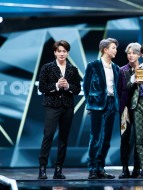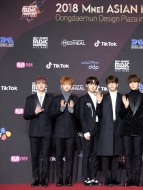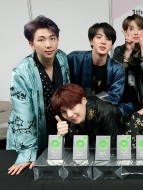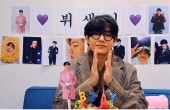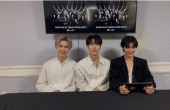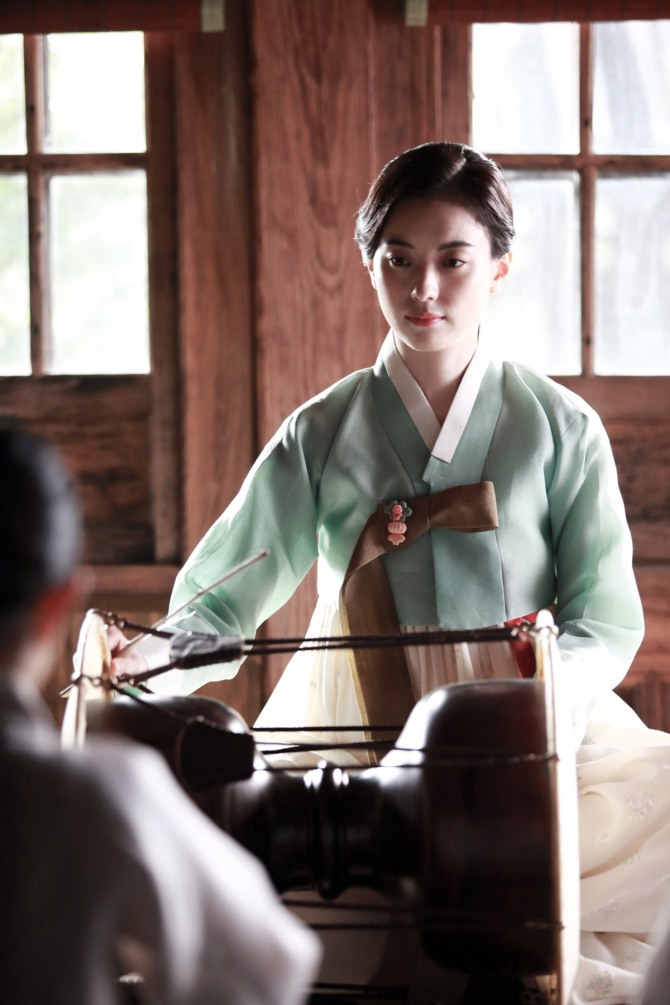 |
| (Lotte Entertainment) |
The term “gisaeng” refers to a group of female entertainers throughout Korea’s Goryeo Dynasty and Joseon era. They are similar to
Japanese geisha, but differ in certain cultural aspects. These women were legal entertainers hired to flaunt their highly accomplished skills such as singing, dancing and even poetry-reading at high-end events -- but were treated as socially inferior.
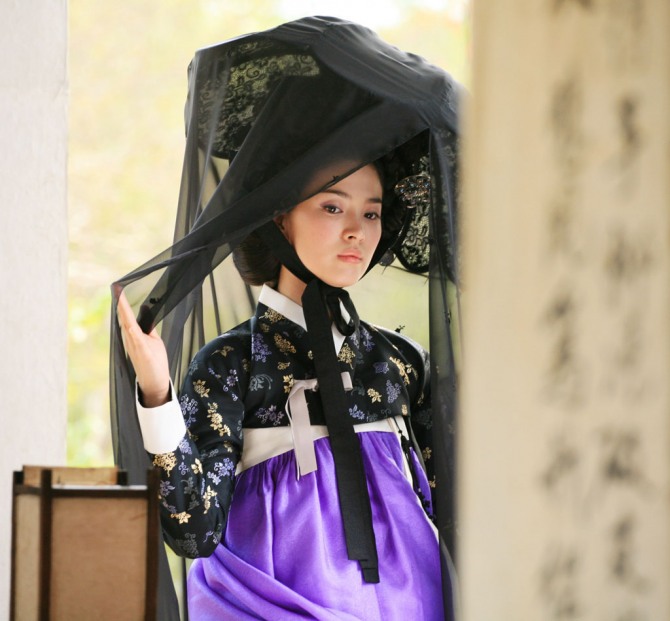 |
| (Cinema Service) |
Korean films throughout history have depicted these enchanting creatures, particularly in the context of the woes brought on by their status and beauty.
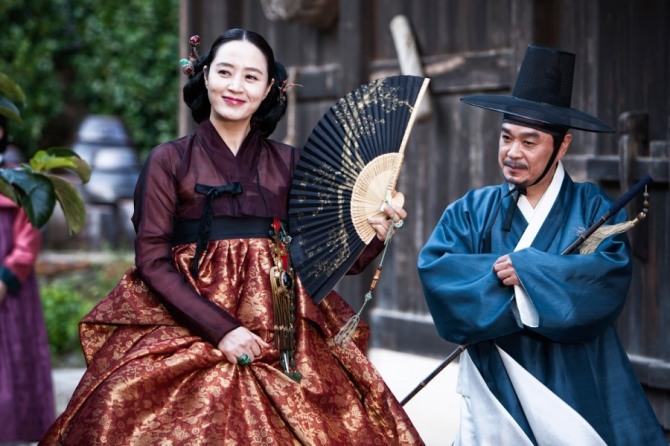 |
| (Showbox) |
It’s a cinematic cliche to describe gisaeng as femme-fatale character much like the French courtesan Satine in Baz Luhrmann’s 2001 film “Moulin Rouge!” The similarity extends to where they tend to meet a tragic fate in the end.
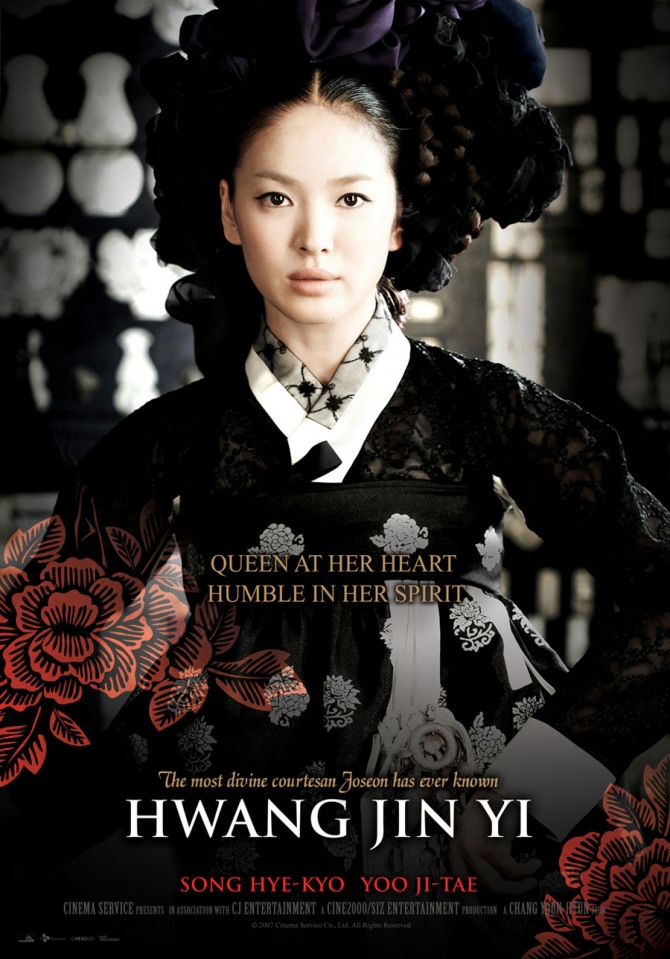 |
| (Cinema Service) |
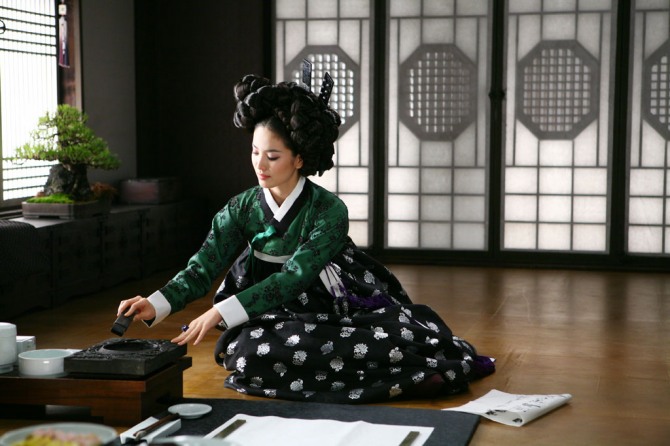 |
| (Cinema Service) |
“Hwang Jin Yi,” a 2007 film starring actress Song Hye-kyo as the protagonist, gives a fictional twist to the life of actual 16th century gisaeng Hwang Jin Yi -- the most famous gisaeng in Korean history. Hwang became a legend as she was considered one of the most talented performers of the time and a muse to many writers. The film’s plot revolves around Hwang Jin-yi’s life and her tragic romantic relationship with Nomi, her trusty servant played by actor Yoo Ji-tae.
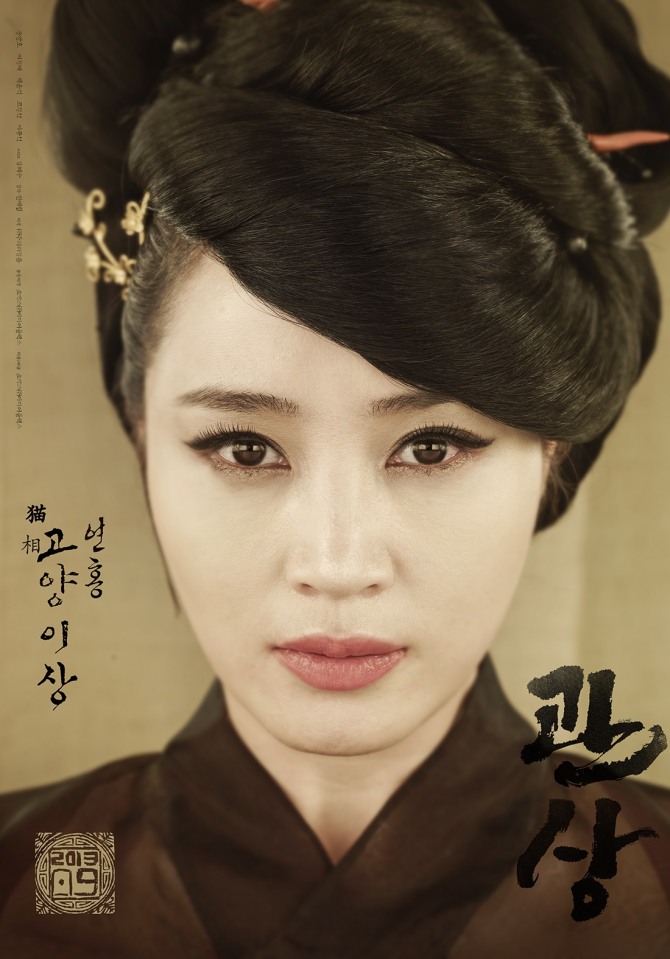 |
| (Showbox) |
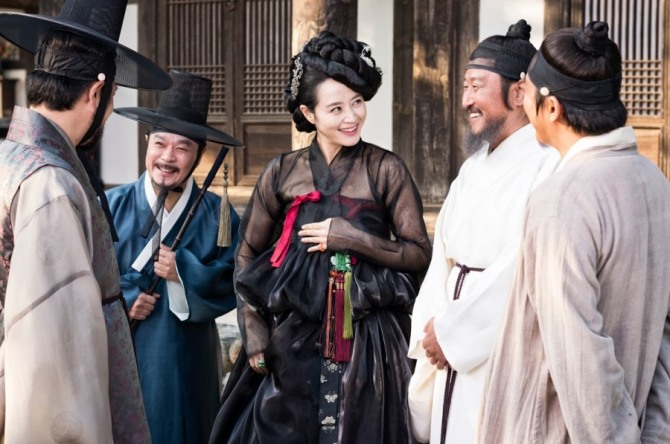 |
| (Showbox) |
Before actress Kim Hye-soo cut her hair short for her role in tvN drama “Signal,” she showed her coy charms through her role as gisaeng Yeon-hong in 2013 flick “The Face Reader.” Yeon-hong is a fictional character from the Joseon era. She is considered bold and promiscuous and it is represented through her style; her Korean traditional gown captures simple colors, but with a certain degree of sheerness.
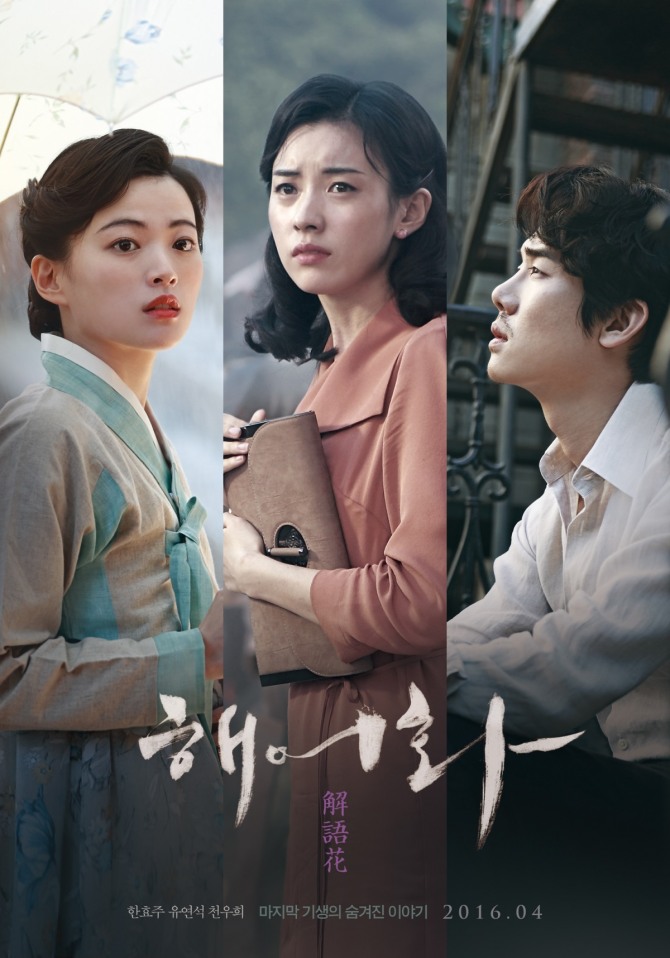 |
| (Lotte Entertainment) |
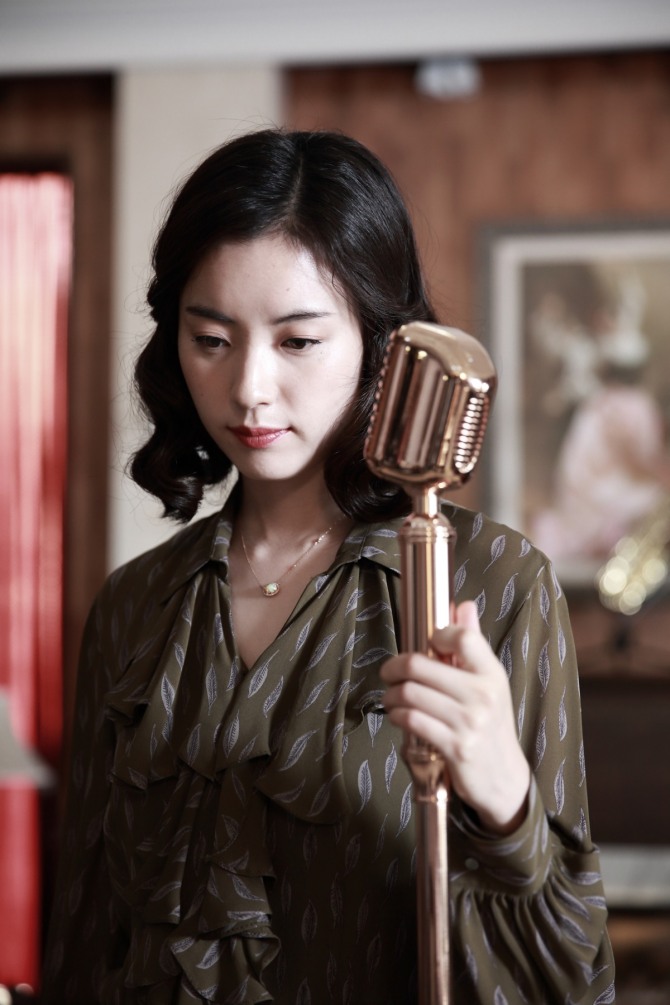 |
| (Lotte Entertainment) |
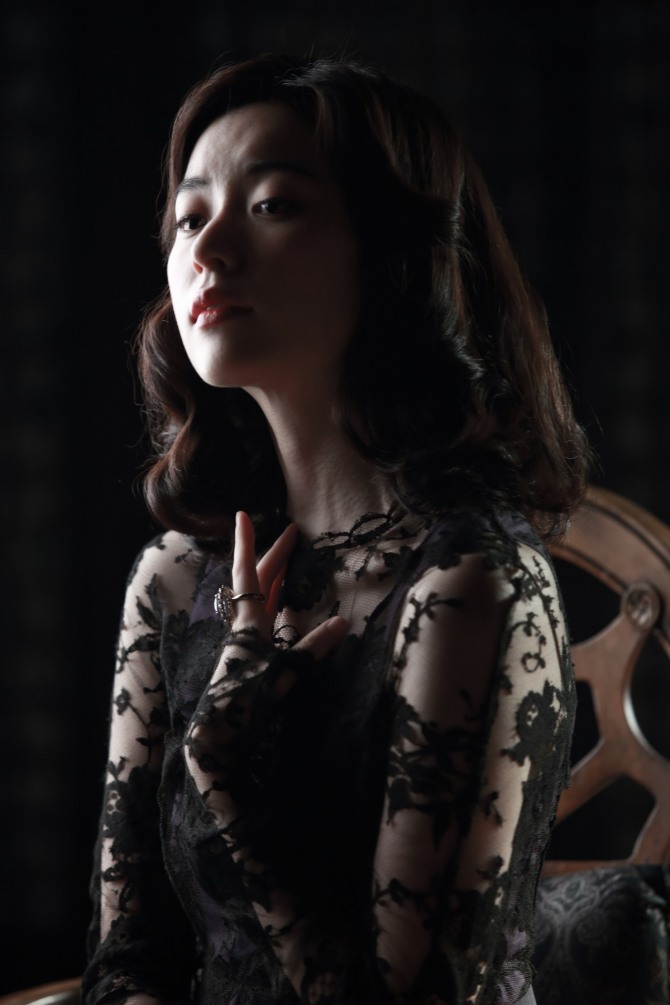 |
| (Lotte Entertainment) |
“Love, Lies,” featuring actresses Han Hyo-joo and Chun Woo-hee and set to premiere Apr. 13, will become the most recent film on these women. The period of the movie is more modern compared to the other gisaeng movies, as it will paint the story of two women during World War II Korea while under Japanese colonial rule. The costumes in the movie are noticeably different as well, as they take a more modern and Western take.
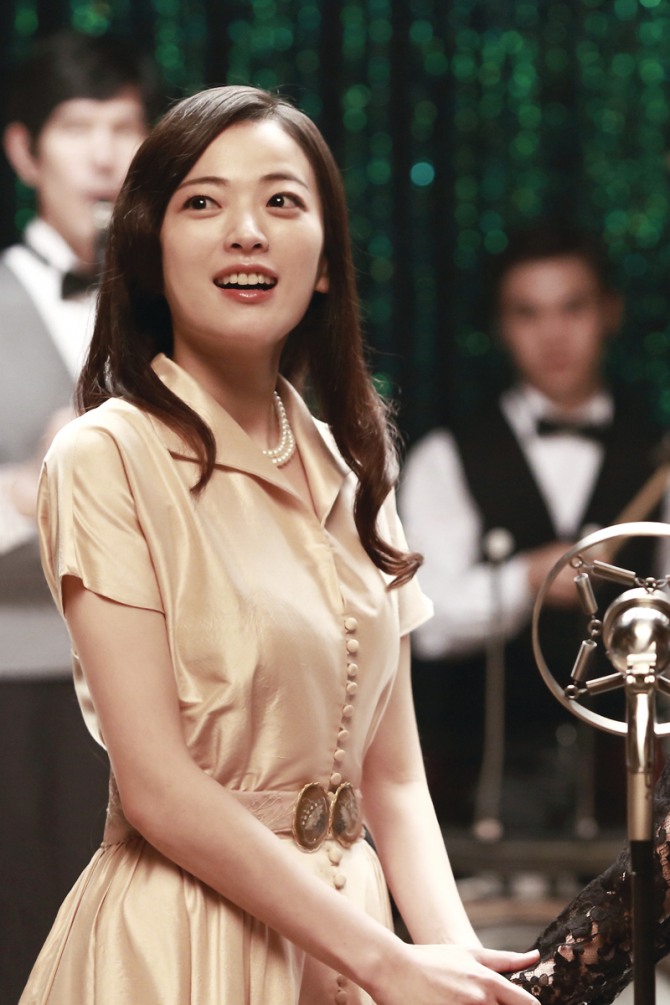 |
| (Lotte Entertainment) |
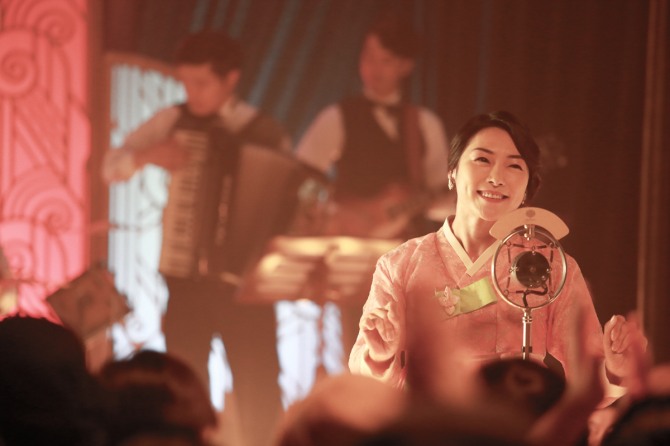 |
| (Lotte Entertainment) |
Watching all four of these period pieces will give viewers a better understanding of a culture that has become extinct over the years.
By Jung Min-kyung (mkj1105@heraldcorp.com)





















